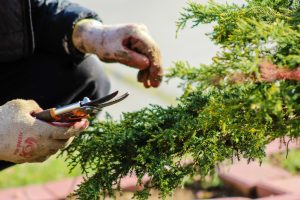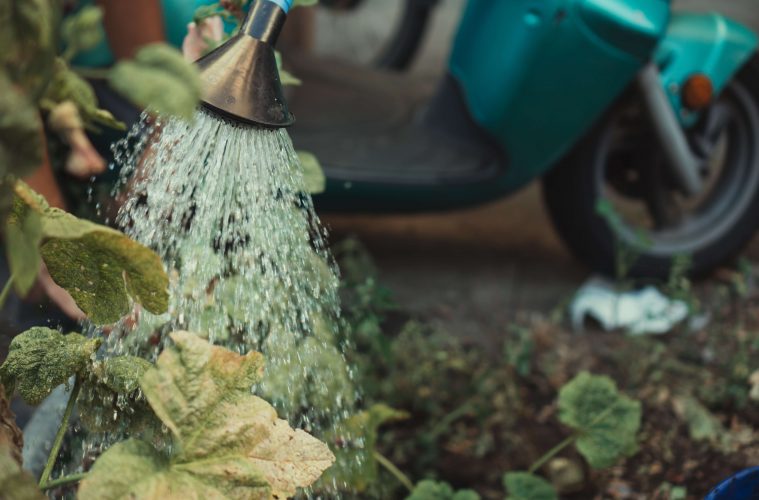Having a waterwise garden is becoming a necessity. We’ve all become a lot more water-conscious since we were faced with the inescapable fact that South Africa is a water-scarce country.
But that doesn’t mean your garden can’t be brimming with variety and beauty while serving as a haven for birds and other wildlife.
Gardening tips
What needs to change is how we garden – using water as efficiently as possible, caring for the soil by mulching, selecting suitable plants, and cutting our water consumption through rain-water harvesting and recycling of grey (household) water.
A garden that’s both beautiful and thrives on less water is easy to create. Follow Alice Spenser-Higgs’ simple gardening tips for saving water…
Get into mulching
This can cut watering requirements by up to 50%. Make sure the layer of mulch is only 3 to 5cm thick. Any thicker, and the water may not penetrate to the soil below. Use coarse materials (dried leaves, straw, shredded bark) that allow the water to penetrate easily, rather than lawn cuttings, which can form an impenetrable mat. Don’t push the mulch up against the stems of the plants; leave a gap for the water to pass through.
Make every drop count
Water deeply less often rather than in small amounts daily. Plants will develop a deeper, wider root system to go in search of water, making them more drought-tolerant. Pull out weeds daily, as they’re big water guzzlers.

Unsplash
Think about the shade
Plant deciduous trees, creepers, or large shrubs along the western boundary of your garden to screen out the hot afternoon sun. Cape chestnut trees and wisteria creepers will keep the garden cool in summer but still allow in sun in.
Try smarter landscaping
Sprawling lawns can be extremely high maintenance, and require more watering than any other area of the garden. Reduce the size of your lawn, and your water bill, by replacing grass with a variety of hard surfaces, ground covers, and drought-tolerant plants, which will ensure that it’s easier to maintain.
Gravel and pebbles can be used throughout the garden as alternatives to lawn or paving, and they allow water to drain away naturally, which reduces the risk of flooding, too.
Plant in pots and containers
These offer plenty of scope to use water more shrewdly, as it’s easier to water each plant according to its requirements. Place plants that need lots of water in semi-shade areas, as they’ll use less water than if they’re in full sun.
Add water-retaining granules or palm peat to the soil mix when planting to reduce the amount of water necessary. Containers need to be the right size to allow for adequate root growth. If they’re too small, the soil will all dry out quickly and the roots will become stressed.
Article originally written and published by Caxton Magazines Staff for Woman&Home.
Feature image: Unsplash

